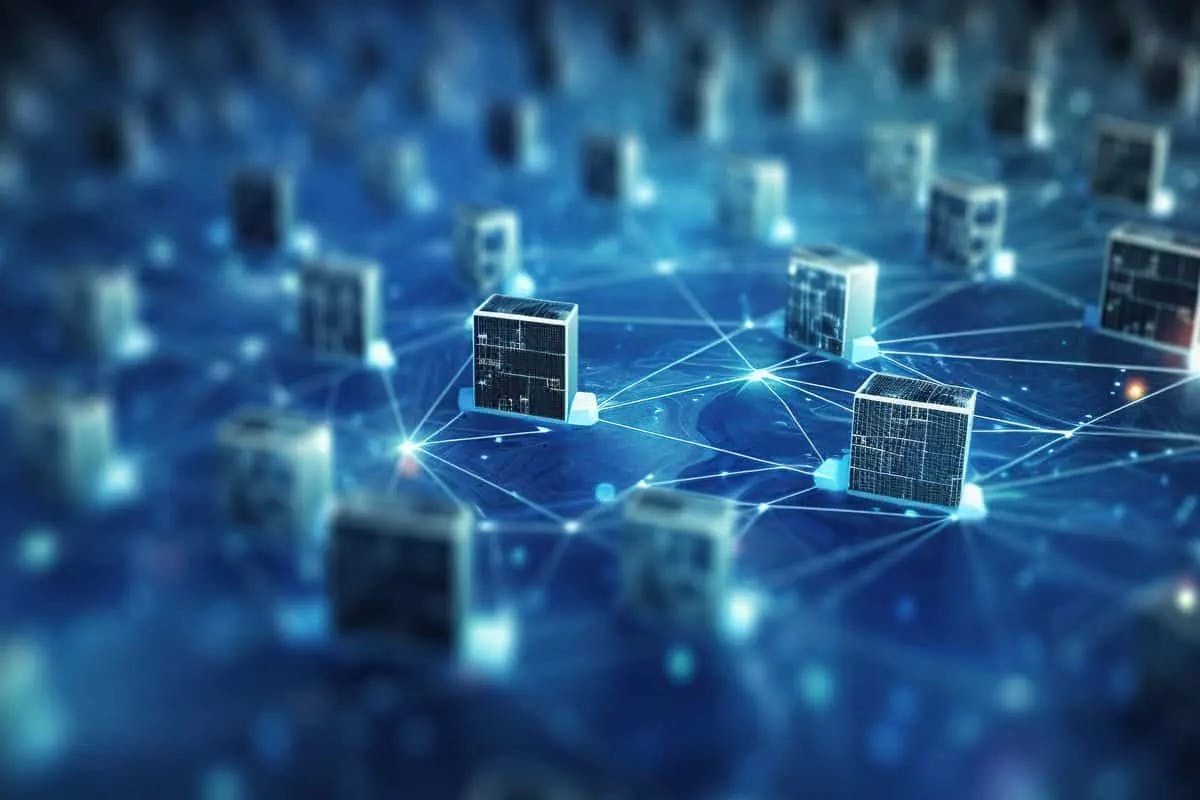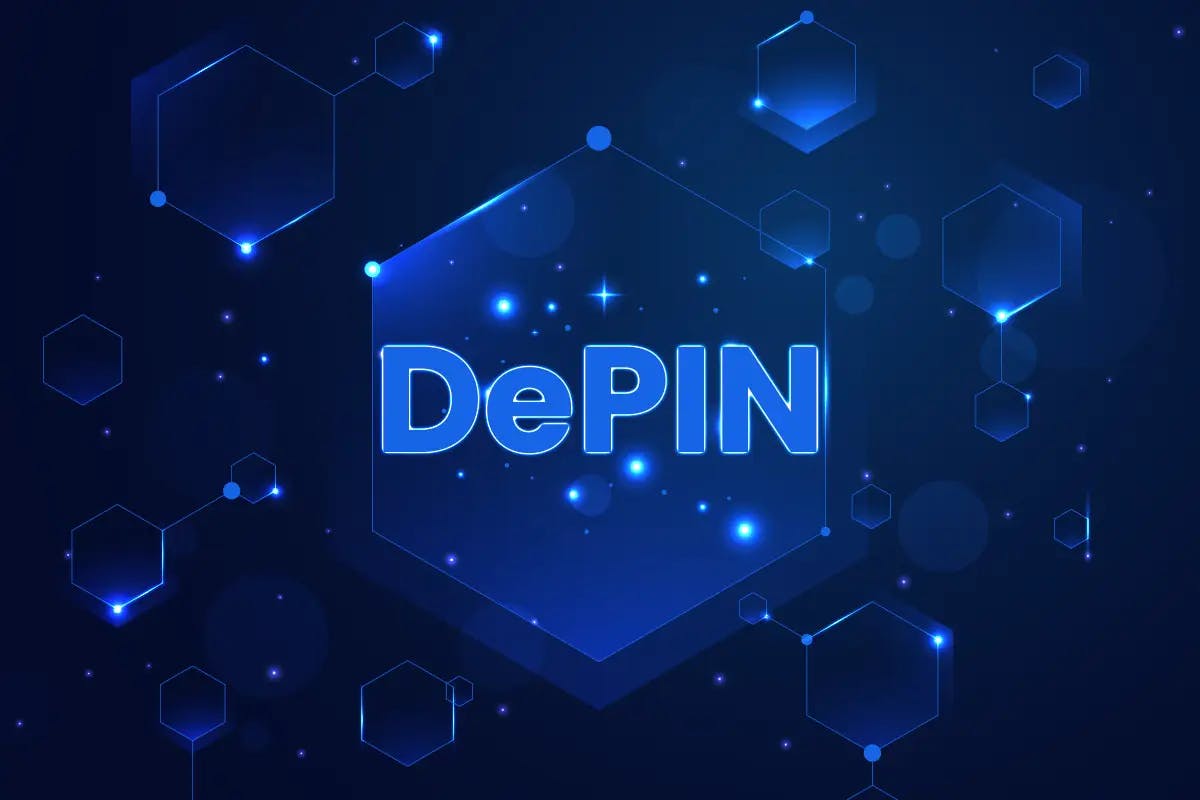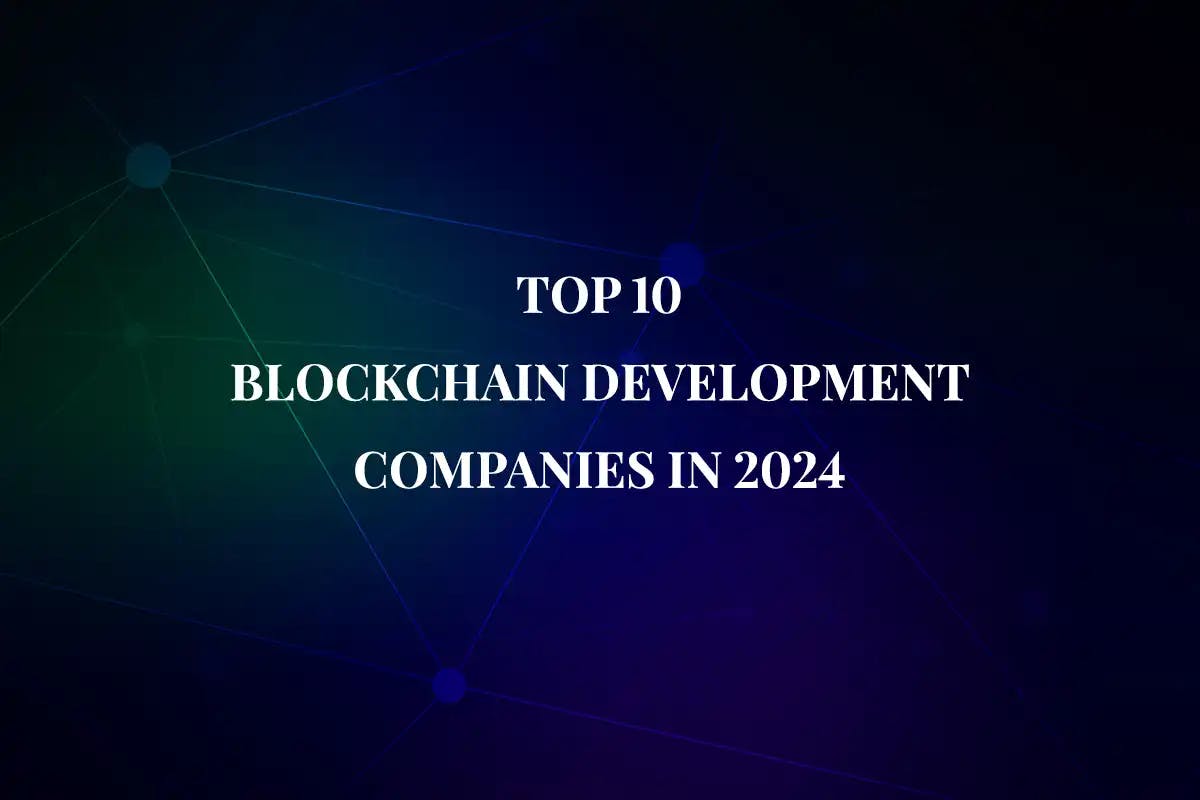


In our modern digital age, an advanced concept has emerged: Decentralised Physical Infrastructure Networks (DePINs). These innovative systems integrate blockchain technology with real-world assets, creating a major shift in how we approach digital infrastructure. Instead of centralised control, DePINs embrace a distributed and collaborative model.

At their core, Decentralised Physical Infrastructure Networks (DePINs) consist of decentralised networks formed by a vast array of interconnected nodes. Each node contributes valuable physical resources like storage space or computing power. Using the collective capabilities of these distributed nodes, DePINs are paving opportunities for a new era of digital interactions. This era promises enhanced security, efficiency, and equity.
DePINs, short for Decentralized Private Internet Networks, use a special type of technology called tokenization. Tokenization helps encourage people and organisations to contribute their resources, like computers or servers, to the network.
DePINs create their own unique digital tokens or coins. These tokens represent different rights and responsibilities within the network. For example, some tokens might give you the power to make decisions about how the network is run, or they might let you earn a share of the network's revenue. Other tokens might give you access to special services or features on the network.
DePINs also use a self-executing program which is called smart contracts. Smart contracts are like little computer programs that automatically enforce the rules and agreements of the network. They make sure that all the transactions and contributions happening on the network are fair and follow the rules. This helps build trust and transparency because everyone can see exactly how the system works. The smart contracts execute themselves without needing any human involvement, so there's no room for mistakes or cheating. They make the network run smoothly and reliably by taking care of all the little details and enforcing the rules perfectly every single time.
DePINs are digital networks that work differently from typical online systems. They are designed to operate without any single authority in charge. This is very different from how most digital services work today, where big tech companies or centralised providers control everything. In a DePIN, all the people involved have a say in how the network runs. The decisions and resources are shared fairly among everyone participating.
Blockchain technology is a key part of how DePINs function. Blockchains are digital ledgers that record information in a secure and permanent way that everyone on the network can see. This makes blockchains perfect for ensuring trust, safety, and fairness within DePINs. Every transaction, contribution, and decision made on a

DePINs (Decentralised Private Infrastructure Networks) are built upon four fundamental components that enable innovation far beyond what centralised networks can offer:
DePIN projects can benefit from a positive flywheel effect due to their utilization of tokens. As usage (demand) increases, the token price also rises through mechanisms such as token burns or buybacks. This, in turn, provides additional incentives for contributors to continue expanding the network, as the dollar value of the tokens they receive as rewards increases.

As the network grows, investors become increasingly interested and begin supporting the project with funding. If a project is open-source or makes contributor/user data publicly available, developers can build decentralised applications (dApps) on top of this data, creating additional value within the ecosystem, which attracts more users and contributors.
The image below illustrates an example of how this flywheel operates in today's market.
DePINs, or Decentralised Private Internet Networks, are digital systems that work differently from traditional internet setups. Unlike centralised systems that rely on a single controlling point, DePINs spread data and resources across many interconnected nodes or devices. This unique design offers some key benefits:
The versatility of DePINs extends across a wide range of industries and applications, transforming the way we interact with digital infrastructure. Some of the most prominent use cases for DePINs include:

DePINs like "Filecoin" are decentralised storage platforms. They allow you to make money by renting out any unused space on your computer or devices. When people need secure data storage, they can access the combined space contributed by everyone on the network. This setup keeps data extra safe because it's not stored in just one place. And the more participants, the better - it creates more data backup options.
Some DePINs, such as "Cudos", pool the computing resources of all participants to build a vast, decentralised cloud. Instead of relying on a single provider's servers, this system utilises the combined processing power contributed by everyone involved. It's like having access to a supercomputer made up of many regular ones working together. This modern approach makes powerful cloud computing accessible to all, not just big tech firms.
Digital content is delivered through decentralised networks like "THETA", using a distributed approach. This method reduces pressure on traditional content delivery systems. It creates a fairer ecosystem for creators and consumers by being more transparent.
Decentralized Peer-to-Peer Information Networks (DePINs) are becoming more popular each day. As these networks grow, the systems that support them are also changing quickly. Artificial intelligence (AI) and machine learning (ML) are playing a big role in shaping the future of DePINs.

Rules and large language models are being added to DePINs to help manage the complex systems. These smart agents can watch network activity, find things that are not normal, and make sure the rules and agreements of the DePIN ecosystem are followed. Doing tasks on their own, these AI-powered agents help DePINs run smoothly and safely.
Additionally, large language model (LLM) agents are being employed to facilitate communication and decision-making within DePINs. These advanced language models can understand and generate human-like responses, allowing for more effective collaboration and coordination among network participants.
Several challenges and considerations are associated with DePINs
DePINs, or decentralised personal information networks, have vast potential. As AI, blockchain, and other technologies evolve, DePINs will surely explore new possibilities. These networks offer secure integration for personal data, digital assets, and smart home devices.
Decentralised Personal Identity Networks (DePINs) offer exciting possibilities beyond individual uses. In the healthcare field, DePINs could facilitate secure and streamlined sharing of medical data, leading to better patient outcomes and reduced administrative workloads. Similarly, in education, decentralised learning platforms have potential to transcend geographic boundaries, providing equitable access to high-quality educational resources, regardless of location.
Codiste is driving the change in decentralised technology, leading the way with innovative DePIN solutions. As a top Blockchain development company in the USA, they are pioneers in creating advanced DePIN systems that could transform how we live and work. With a deep commitment to advancing this tech, Codiste's expertise and forward-thinking vision position them as key players in the widespread success of DePINs.




Every great partnership begins with a conversation. Whether you’re exploring possibilities or ready to scale, our team of specialists will help you navigate the journey.